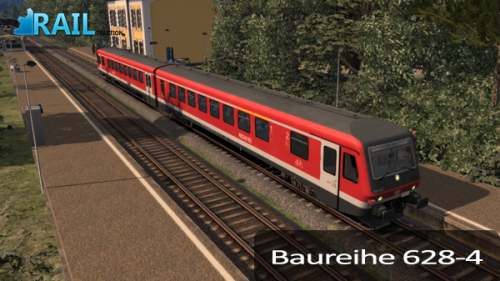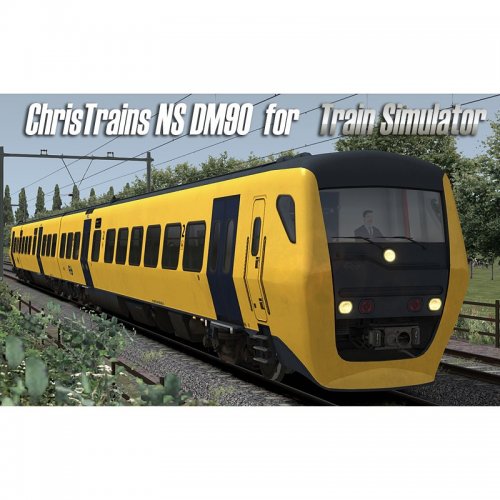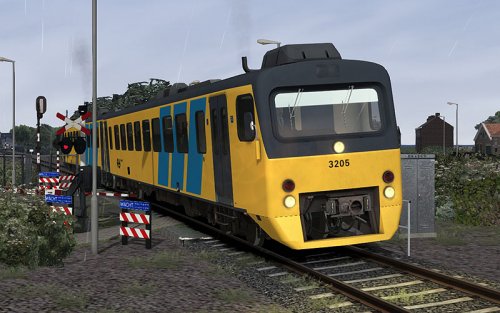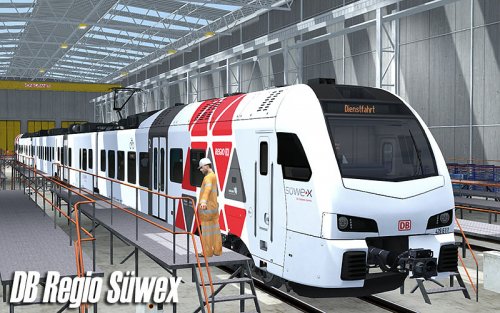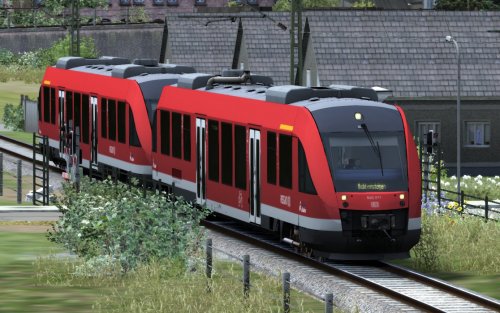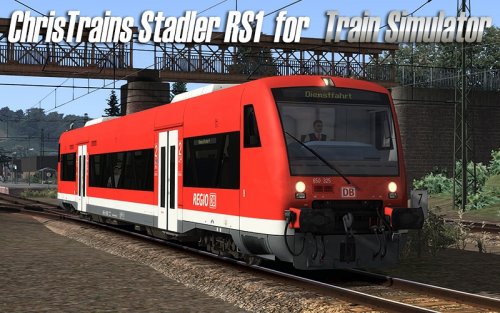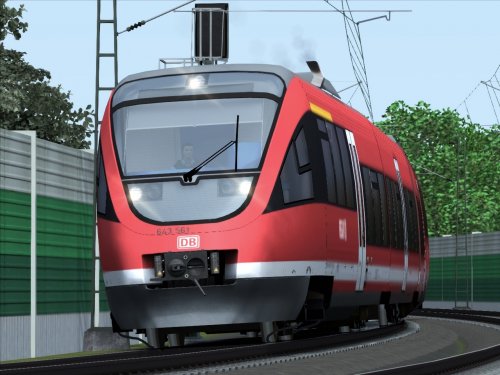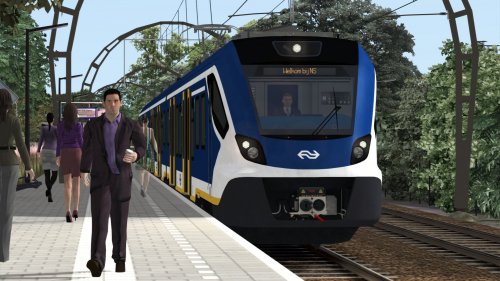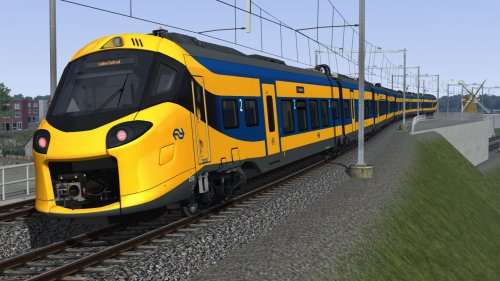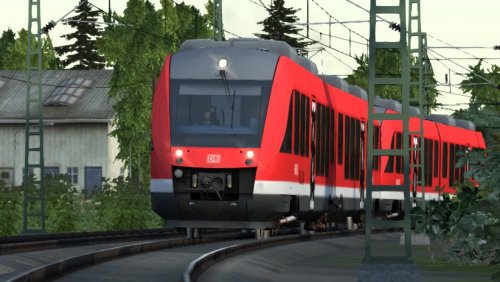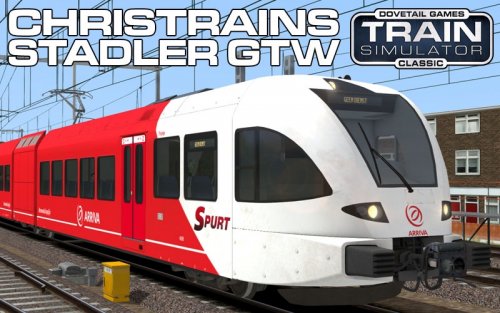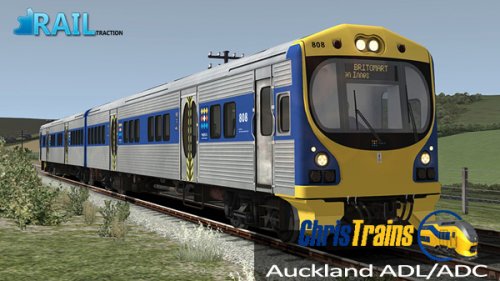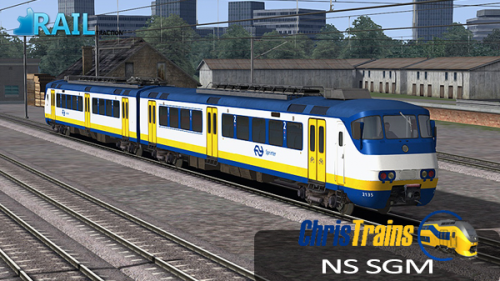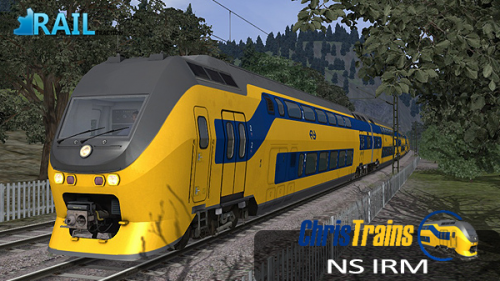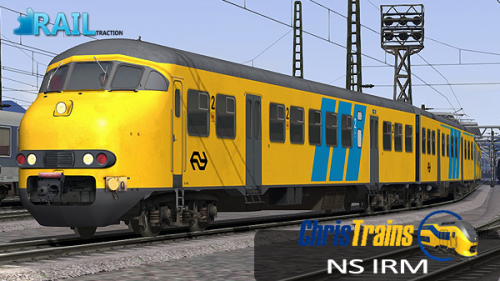RailTraction - Train Simulator classic Add-Ons

0item(s)
You have no items in your shopping cart.
Multiple Units
BR 628-4
The Class 628 is a (semi) diesel multiple unit consisted of two carriages, one motorcar (BR 628) and one control car without powersupply (BR 928), developed in the early 1970s. Originally, the BR 628 were ordered to replace ...
NS - DM90
A reproduction of the DM90 'Buffel' diesel passenger train that operates/operated on the non-electrified lines of the Nederlandse Spoorwegen (Dutch national railways) network.
NS - Wadloper
A reproduction of the DH1/DH2 'Wadloper' diesel passenger train that operated on the non-electrified lines of the Nederlandse Spoorwegen (Dutch national railways) network.
Stadler Flirt 3
A reproduction of the Stadler Flirt 3 passenger train that can be seen all over Europe.
BR 640
The one-piece railcars have 315-kilowatt engines and a maximum speed of 120 km/h (75 mph). The train has 52 2nd class seats, eight 1st class 1 seats and 13 tip-up seats. Up to three cars can run together in multiple unit form.
The trains are predominantly used on non-electrified light railways in North Rhine-Westphalia amongst other regions.
Stadler - RS1 Regio-Shuttle / BR650
A reproduction of the RS1 Regio-Shuttle / BR650 diesel passenger train that operates on routes all over Germany.
BR 643 Talent 1
The Talent is a multiple unit railcar manufactured by Bombardier that was developed by Waggonfabrik Talbot in Aachen shortly before the company was acquired by Bombardier in 1995. The name Talent is an acronym in German for TALbot LEichter Nahverkehrs Triebwagen (in English, Talbot light suburban railcar).
CAF Civity SNG
A reproduction of the CAF Civity SNG passenger train that can be seen all over The Netherlands.
NS ICNG intercity - New generation
A reproduction of the Alstom Coradia Stream ICNG passenger train that can be seen all over Holland.
BR 648
LINT 41 consists of two parts. Some transportation companies offer ticket machines in the door area. The two-piece railcars have two 315-kilowatt (422 hp) engines.
The trains are mainly used in Northern Germany and North Rhine-Westphalia. They are also quite popular in other European countries. For example in Denmark they are being used by the largest non-state-owned operator, Arriva (a total of 43 units: 30 delivered in 2004-2005, 11 delivered in 2010–11 and 2 delivered in 2012) as well as by Lokalbanen A/S and Regionstog (a total of 42 units delivered in 2006-2007). In the eastern provinces of the Netherlands, they are operated by Syntus.
Stadler - GTW
he Stadler GTW (full name Gelenktriebwagen) is a type of electric and diesel-electric train set made by Swiss manufacturer Stadler Rail AG, designed for regional passenger transport, and built using a modular concept. The train was designed towards the end of the 20th century.
Auckland ADL/ADC DMU
A reproduction of the Auckland Transport ADL / ADC Diesel Multiple Unit, used in and around Auckland, New Zealand.
NS - SGM Sprinter
In 1970 the Nederlandse Spoorwegen decided to make a measurable split in the definitions of local trains and intercity trains. For the new local train projects, NS decided that the Mat'64 just wasn't suitable because of the short distances between the stations..
NS - IRM Regiorunner
Verlengd InterRegio Materieel (VIRM) is a doubledecker trein used by the Dutch railways (Nederlandse Spoorwegen - NS).
NS - MAT 64
Materieel '64 (Mat '64), also known as Standard Stoptrain or Ape-head, was an electric multiple unit used by Nederlandse Spoorwegen..
Loading ...Load More ...

